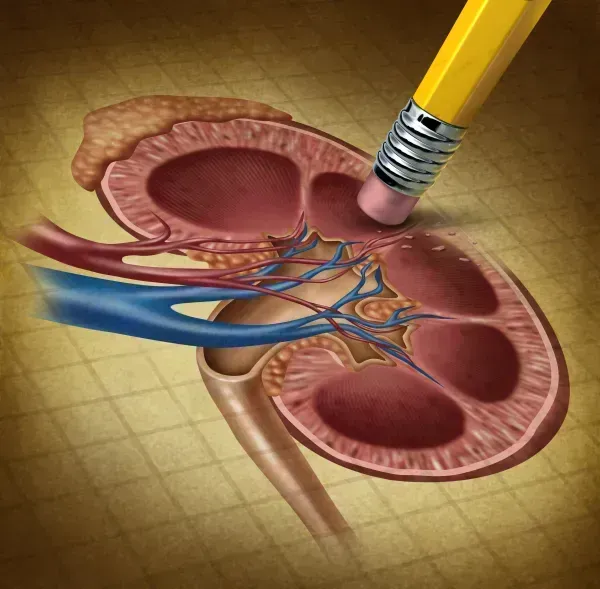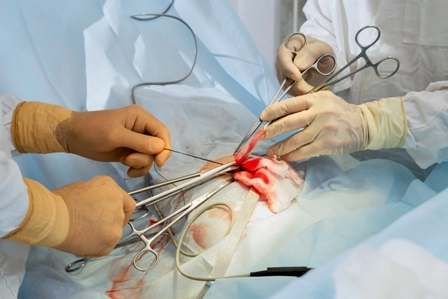Pay Attention to What Separates Cystostomy From Cystotomy
The 's' makes a difference in the surgeon's work. In the urology procedure world, several codes can apply to work associated with cystotomy or cystostomy. Be careful to pay attention to that "s" and what the differences between the procedures are. Starting point: CPT® currently includes three codes that mention both procedures: Understand What Primary Procedures Involve A cystotomy is a surgical incision into the patient's bladder. The urologist can perform a cystotomy to fulgurate and/or insert radioactive material, or to cryosurgically destroy a lesion, for a ureteral catheter or stent insertion and removal or destruction of bladder calculi (cystolithotomy) Cystostomy involves surgical creation of a connection between the urinary bladder and the skin, usually by a drainage tube or catheter. "Cystotomy means an opening has been made in the urinary bladder," explains Michael Ferragamo MD, FACS, clinical assistant professor of urology, State University of New York. "Cystostomy means an opening in the bladder has been made, and a drainage tube has been inserted. This is not always clearly stated in CPT®." Watch for "SP" or "Punch" Designation Although you will report most cystostomies with the codes listed above, other types of cystostomies – including the suprapubic (SP) punch cystostomy and a vesicostomy, which have their own CPT® codes. A suprapubic cystostomy is a surgically created connection between the urinary bladder and the skin which is used to drain urine from the bladder in individuals with obstruction of normal urinary flow. How it's different: A punch cystostomy is less invasive, can be performed under local anesthesia (where an open cystostomy usually requires a general or spinal anesthesia), and can be performed at the bedside. When the urologist only reports a "suprapubic cystostomy," inquire as to the technique he used – open or punch – since each technique requires a different CPT® code. For a punch cystostomy, report 51102 (Aspiration of bladder; with insertion of suprapubic catheter). Urinary flow may be obstructed due to a variety of reasons such as BPH, bladder stones, bladder or prostate cancer, or congenital defects, Ferragamo says. A punch cystostomy aspirates the bladder and allows the urologist to insert a suprapubic catheter through which urine may pass. Code for Tube Change Later At some point after the initial procedure, it isn't uncommon for the patient to need a new cystostomy tube. You'll report the change based on how involved the urologist's work is. Option 1: During the work of 51705 (Change of cystostomy tube; simple), the provider performs a simple removal of a tube that he previously placedinto a patient's bladder and replaces it with a new tube through the same incision. Option 2: For more extensive work, you'll submit 51710 (... complicated). In this procedure, the provider removes a tube that he previously placed into a patient's bladder and replaces it with a new tube through the same incision. This procedure is complicated because of infection, inflammation, bleeding, or due to a narrowing, stricture, of the cystostomy opening (stoma) requiring dilation of the passage. Final tip: Remember that a surgical incision through the skin, subcutaneous fat, the prevesical fascia, and into the bladder with placement of the suprapubic tube constitutes an open cystostomy (CPT® code 51040). A punch cystostomy via a small skin incision pierces these layers using a trocar; once in the bladder, a drainage catheter is placed into the bladder via this trocar (code 51102).




